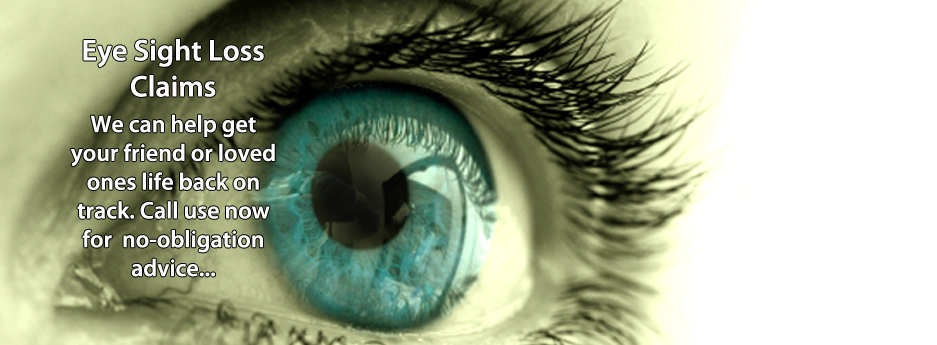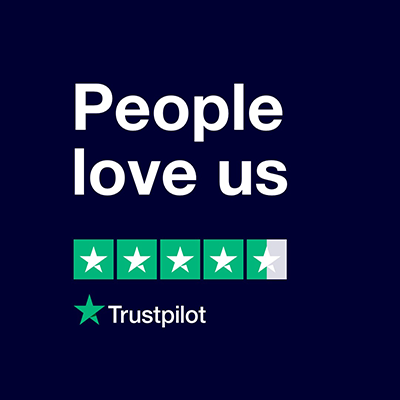According to the Amsterdam-based eye surgeon, Richard Zegers, out of 92 Laurel and Hardy films, 88 of them would have resulted in serious eye injuries for one or more of the actors. Oliver Hardy was the primary victim, and Stan Laurel’s finger was the most common cause. In one movie alone, Double Whoppee (1929), it is reported that there were no less than 11 eye pokes. One only needs to think about how many times Basil Fawlty jabbed his hapless Spanish waiter, Manuel, in the eye, to realise how we have long laughed at what were incredibly dangerous and foolhardy (no pun intended) actions.
Precious and vulnerable
When the 18th-century American writer and poet Henry David Thoreau wrote “The eye is the jewel of the body”, he summed up the beauty and importance of something that is often taken for granted. The eye is a stunning example of what evolution can achieve given millennia; in fact, the very earliest examples of eyes were in existence over 500 million years ago, in the form of simple photo-receptor cells – certainly not the intricate and complex organ at has morphed into. While a thing of wonder, the eye is also vulnerable to damage, the slightest of which can have enormously negative implications. Without a full eyesight, we might not be able to see our loved ones, or easily carry out even simple acts of daily living, navigate our surroundings, work, or play. Adapting to impaired vision is of course possible. Those who have been born with congenitally impaired vision, or have gone on to acquire conditions which had gradually reduced vision, or have incurred damage to the eye resulting from injury will have had to learn to adapt to their new circumstances. Modern medical and assistive technology has aided this, and will continue to provide hope to those who have some or all of their vision.
The obligation of employers to protect workers vision
Employers have a legal duty to protect the health and safety of employees. They are required to carry out risk assessments to identify any potential harm that could be caused during work tasks and in the general work environment.
In September 2016, a compensation case was brought against British Telecom (BT) by an employee due to the loss of his eyesight. The claimant had originally stated that the injury was caused in his garage, unrelated to work, but later changed his explanation. A few days after the injury he reported that the accident had really occurred when recoiling cable on a reel in his work van – the reel sprung towards his face causing the eye injury. He stated that he had not provided the true account originally as he held the belief that work-related accidents were “frowned up” by management. BT claimed that the employee knew the cable reel was defective, however the case was found in favour of the claimant. It was concluded that he had not received any training or instruction from his employer on the potential risk posed by the equipment. Due to the loss of his sight and a related psychiatric disorder, it was recommended that an award of £50,000 should be paid in general damages – this was discounted by 10% due to his initial false account.
How can eyes be protected from harm at work?
Equipment that protects the eyes in a work setting comes under the general heading of ‘Personal Protective Equipment’ (PPE). The Health and Safety Executive (HSE) recommends that all employers should provide PPE for the protection of employees and that it is necessary to provide full instructions, signage, training, procedures and supervision to ensure that they are consistently used.

Eyes are vulnerable to chemicals, gases, vapour, ‘metal splash’, dust, projectiles and radiation. Each risk has an associated method PPE to ensure the safety of workers including:
- Visors (head-mounted, or on machinery)
- Spectacles
- Goggles
- Face Screens
- Face Shields
The HSE make it clear that if a work task (or series of work tasks) undertaken by an individual expose them to more than one of the risks above, then the eyewear must protect from all of them. For example, if a worker is exposed to molten metal, it might be necessary to protect from heat, molten material, hazardous gases and extreme brightness. It is also important to consider the extent of and length of exposure of the eye to the risk.
Can I claim if I have suffered a serious eye injury while working?
If you have suffered an injury in the workplace caused by the negligence of your employer, then you may have a case for financial compensation. By contacting one of our specialist workplace injury personal injury solicitors, we can help to establish the underlying cause of the accident and then formulate the best case possible to ensure you receive the compensation that you are due.
At Russell Worth Solicitors we specialise in personal injury claims. If you have suffered a serious eye injury at work, please call us now on 0800 028 2060 or complete our Online Claim Assessment.

